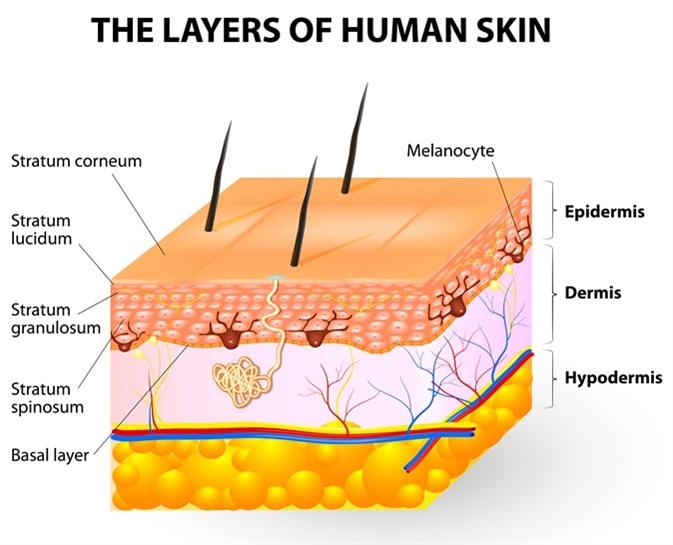A nurse assesses a patient’s peripheral IV site and notices edema and tenderness above the site. What action will the nurse take next?
Stop the infusion of IV fluids
Apply cold compresses to the IV site
Elevate the extremity on a pillow
Flush the catheter with normal saline
The Correct Answer is A
A. Stop the infusion of IV fluids:
This action may be appropriate if there are signs of infiltration or extravasation, where the IV fluid leaks into the surrounding tissue instead of entering the vein. Stopping the infusion can help prevent further tissue damage and assess the extent of the infiltration.
B. Apply cold compresses to the IV site:
Cold compresses can help reduce swelling and discomfort at the IV site. This action may be appropriate if there are signs of local inflammation or mild irritation at the insertion site.
C. Elevate the extremity on a pillow:
Elevating the extremity can help reduce swelling and promote venous return. This action is beneficial if there is edema or localized swelling above the IV site.
D. Flush the catheter with normal saline:
Flushing the catheter with normal saline is not typically the initial action in response to edema and tenderness above the IV site. Flushing is more commonly performed to ensure patency and proper functioning of the IV catheter.
Nursing Test Bank
Naxlex Comprehensive Predictor Exams
Related Questions
Correct Answer is A
Explanation
A. There is no redness, warmth, or drainage at the insertion site.
This assessment is crucial for evaluating the status of the abdominal drain site. The absence of redness, warmth, or drainage suggests that the insertion site is healing well without signs of infection or inflammation. It indicates that the drain is functioning properly and that there are no immediate complications related to the drain insertion. This assessment directly addresses the goals related to monitoring the drain site for signs of infection or dysfunction.
B. Drainage from the surgical site is 30 mL less than yesterday.
Monitoring the drainage output from the surgical site is important to assess for changes in drainage patterns. A decrease in drainage volume may indicate reduced fluid accumulation at the surgical site, potentially reflecting improved healing and decreased need for drainage. However, while this assessment is valuable, it is not as directly related to assessing the status of the drain itself or evaluating complications at the insertion site as option A.
C. The patient reports adequate pain control with medications.
Pain control is an essential aspect of postoperative care, but it is not specifically related to assessing the functionality or complications of the abdominal drain. While pain management is important for patient comfort and recovery, it does not directly address the goals related to monitoring the drain site for signs of infection, leakage, or other complications.
D. Urine is clear yellow, and urine output is greater than 40 mL/hr.
While monitoring urine output and characteristics is important for assessing renal function and hydration status, it is not directly related to assessing the abdominal drain or its complications. Clear yellow urine and adequate urine output are generally positive indicators but do not provide specific information about the functionality or status of the drain.
Correct Answer is B
Explanation
A. Loose connective tissue:
Melanocytes are not typically found in loose connective tissue. Their primary location is within the epidermis, specifically in the basal layer, where they interact with keratinocytes to produce melanin and contribute to skin color. Loose connective tissue contains collagen and elastin fibers, as well as fibroblasts, but it does not house melanocytes.
B. Epidermis:
This is the correct answer. Melanocytes are primarily located in the basal layer of the epidermis, which is the deepest layer of the epidermis. These cells produce melanin, a pigment that helps protect the skin from UV radiation and determines skin color. Melanocytes are interspersed among keratinocytes in the epidermis and transfer melanin to keratinocytes to provide skin pigmentation.
C. Dermis:
The dermis is the layer of skin beneath the epidermis and consists of connective tissue, blood vessels, nerves, hair follicles, and sweat glands. While the dermis plays a crucial role in supporting and nourishing the epidermis, melanocytes are not primarily located in the dermis. They are confined to the basal layer of the epidermis.
D. Superficial fascia:
The superficial fascia, also known as the subcutaneous tissue or hypodermis, lies beneath the dermis and consists of adipose (fat) tissue and connective tissue. It provides insulation, energy storage, and cushioning for underlying structures. However, melanocytes are not typically found in the superficial fascia. They are restricted to the epidermis, specifically the basal layer, where they carry out their function of melanin production.

Whether you are a student looking to ace your exams or a practicing nurse seeking to enhance your expertise , our nursing education contents will empower you with the confidence and competence to make a difference in the lives of patients and become a respected leader in the healthcare field.
Visit Naxlex, invest in your future and unlock endless possibilities with our unparalleled nursing education contents today
Report Wrong Answer on the Current Question
Do you disagree with the answer? If yes, what is your expected answer? Explain.
Kindly be descriptive with the issue you are facing.
